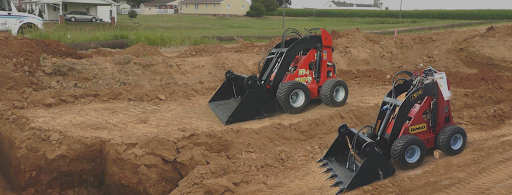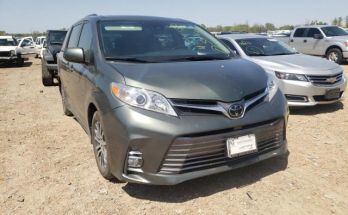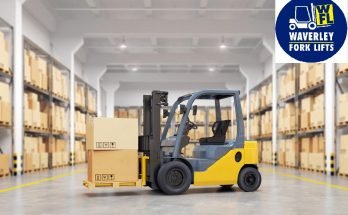Kanga attachments are used to increase the functionality of an excavator. There are many different types of excavator attachments, and each one is designed for a specific purpose. Some of the most common excavator attachments include buckets, demolition tools, grapples, and shears.
Each attachment can be used to perform a variety of tasks. For example, buckets can be used to scoop up dirt and debris, demolition tools can be used to break down walls and floors, grapples can be used to move large objects, and shears can be used to cut through metal and other materials.
So when it comes to buying attachments for an excavator, consider the following things as they will help you choose the right attachments for the excavator:
Basic specs:
When buying excavator attachments, you need to consider more than just the make and model of the excavator. Here are some basic specs you need to take into account:
– Weight capacity: The weight of the attachment must be less than the excavator’s weight capacity in order for it to be effective.
– Attachment type: There are three main types of attachments: buckets, bulldozers, and grapples. Each type has its own strengths and weaknesses.
Materials:
It is important to consider the materials used in excavator attachments because they can affect the performance of the attachment. The most common materials used in excavator attachments are steel and aluminium. Steel is a strong and durable material, but it can rust if it is not properly maintained. Aluminium is a lightweight and corrosion-resistant material, but it is not as strong as steel.
Applications:
When you are looking to buy excavator attachments, it is important to consider the applications you will use them for. There are a variety of attachments available on the market, so it is important to find the right fit for your needs.
Some of the most popular excavator attachments include buckets, grapples, thumbs, and shears. Buckets are ideal for picking up and moving materials, grapples are perfect for handling large objects, thumbs can be used for stabilizing material, and shears can cut through metal and other materials.
Special Features:
While buying excavator attachments, it is important for you to consider the special features of the excavator while buying attachments.
Some excavator attachments are very versatile and can be used for various purposes. Others are specialized for a particular task. You need to decide what type of excavator attachment you need and then select the one that has the features you are looking for.
Hydraulic Flow and Pressure:
Excavator attachments are a great way to increase the versatility and productivity of your excavator. When you are shopping for excavator attachments, be sure to consider the hydraulic flow and pressure of your excavator.
If your excavator has a high hydraulic flow and pressure, you will be able to use more powerful excavator attachments. However, if your excavator does not have a high hydraulic flow and pressure, you will need to choose less powerful attachments.
Tool-Machine Match-Ups:
When buying excavator attachments, it is important to consider the tool-machine match-ups. For example, a hydraulic breaker can be used with a variety of machines, but it is most commonly paired with an excavator. The breaker is attached to the excavator’s arm and uses the excavator’s hydraulics to deliver the energy needed to break up concrete and other materials.
Coupler:
When excavator owners are looking for Kanga attachments, they usually consider the type of work the excavator will be doing. There is one excavator attachment that should also be a part of the buying decision, and that is the coupler.
The coupler is the attachment that connects the excavator to the attachment. There are different types of couplers, and the one that is best for a particular excavator will depend on the make and model of the excavator. A qualified equipment dealer can help identify the best coupler for a specific excavator.




